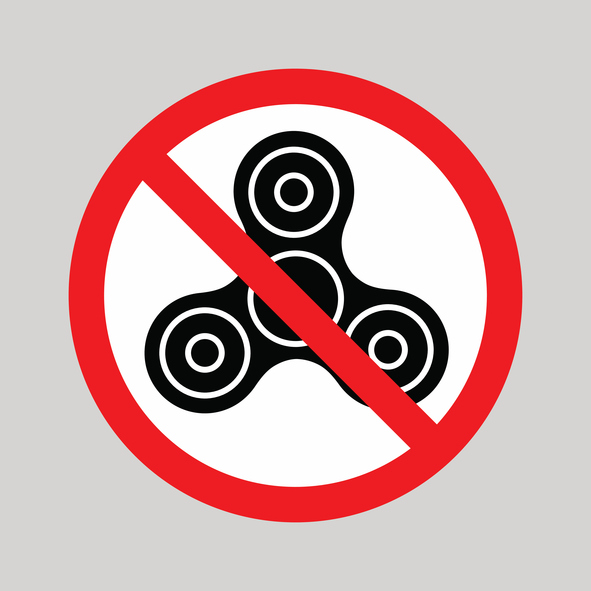When we purchase a product, we trust that it has been designed and made correctly. We also trust that companies will warn us about ways in which a product should not be used due to the risk a product could harm us if used in that way. Sometimes companies fail to design or make a product safely, however, or they fail to warn about a dangerous trait of a product. These kinds of failures unfortunately often lead to physical harm. In these situations, who can you hold accountable and how can you hold them accountable?
Products Liability
These kinds of cases are typically brought under the products liability theory. With products liability, injured parties can bring a claim against manufacturers, distributors, retailers, or sellers based upon negligence or a claim based upon strict products liability.
Negligent Products Liability
A negligent products liability claim involves showing that the manufacturer, distributor, retailer, or seller owed all foreseeable purchasers and users of the product a duty to ensure the product was reasonably safe to use, and that they breached the duty in a way that caused actual harm to the injured user. In these cases, injured parties must seek actual damages, meaning compensation damages that occurred to injury or property. Generally, injured parties cannot seek pure economic loss damages, such as claim that the injury to them resulted in their losing a job opportunity. They can seek damages from anyone in the “supply chain,” meaning everyone from the manufacturer through the retailer or seller.
Strict Product Liability
There are generally two different ways to bring a strict products liability action: arguing that the product itself was defective, or arguing that the manufacturer, distributor, retailer, or seller failed to warn about the defective nature of the product.
For strict products liability, injured parties generally must show that the product was defective in the way it was manufactured or designed, or that there was a failure to warn against using the product in a way that was likely to cause harm. Defective manufacturing is essentially a failure to conform to the product design specifications, while defective designing means the product was manufactured to the design specifications but that the design itself rendered the product harmful. Failure to warn exists when there was a foreseeable risk of harm that was not obvious to the ordinary user of a product, and that the risk of this harm could have been reduced or avoided with reasonable instructions or warnings.
Generally, in strict products liability cases, injured parties can recover for personal injury or property damage. Unlike with negligent products liability claims, injured parties are allowed to recover for pure economic loss, but generally, these kinds of claims must be brought under warrant actions. Like with negligent products liability cases, damages from anyone in the “supply chain,” meaning everyone from the manufacturer through the retailer or seller.
What Should You Do if You Have Been Injured By a Product?
If you have been injured by a product, you deserve to be compensated for your suffering. The personal injury attorneys at J&Y Law have extensive experience with personal injury cases and are ready to help you determine your options. Contact J&Y Law today to learn more.


